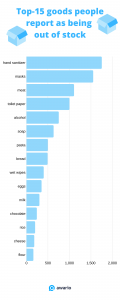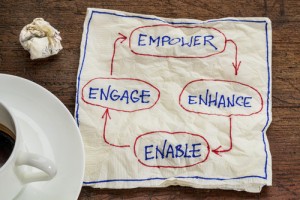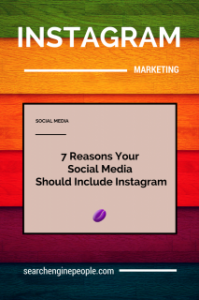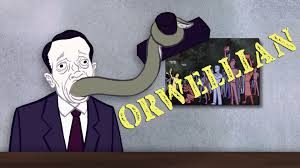
Most of us have a love/hate relationship with meetings. We dread attending because there’s usually a thousand other things we’d rather do with the time. Part of the problem with meetings is that we don’t think enough about them, says Donna McGeorge, author of The 25 Minute Meeting: Half the Time, Double the Impact.
“People aren’t conscious about them,” she says. “It’s become a default way of operating. When a problem emerges, that first instinct is to go to a meeting. People aren’t prepared, and then they feel obliged to invite a cast of thousands to it.”
In many cases, meetings don’t need to happen at all, and the information shared could have been an email. “There’s so many different ways you can share information, depending on how clever you are,” says McGeorge. “You can use email or tools like Slack, where you can run polls, get opinions, and send video clips. So many things don’t think take up nearly as much time as six personnel within a meeting.”
Yet sometimes meetings are necessary. Meetings are best when you need an active conversation that involves bouncing ideas off each other. Something where you need to get in and get down and dirty into something, says McGeorge.
The Sweet Spot
While the default for meeting is usually an hour, McGeorge says the ideal amount of time is 25 minutes, inspired by Francesco Cirillo’s Pomodoro method, which states that 25 minutes is the optimal amount of time for people to focus.
Another principle that contributes to McGeorge’s suggested timeline is Parkinson’s Law, which states that work expands to fill the time allotted. If you give a meeting an hour, chances are you’ll find topics to discuss to fill the void.
McGeorge also says the Ringelmann effect can impact meeting length. Developed by French agricultural engineer Max Ringelmann, it describes the tendency for individual productivity to decrease as the size of the group increases.
“The more people involved, the less productive we become,” says McGeorge. “If you’re going to do things in short, sharp 25-minute bursts, you want to be very particular about who you have there.”
McGeorge recommends having no more than seven people. “The moment you get more than seven, you’re not going to get the input from every one of them,” she says.
How to Keep to 25 Minutes
To use your minutes wisely, you must prepare ahead of time. McGeorge says successful meetings require the three Ps: purpose, people, and process.
Start the meeting by determining what you’ll have accomplished by the end of the meeting. For example, do you want to make a decision, solve a problem, or develop a budget. Whatever it is, it needs to be defined.
Next, make sure you’ve got the right people and tell them what they need to do.
“Meetings aren’t the place to come and have a slide deck spoon fed to you,” says McGeorge. “The way they work best is when you give people the purpose ahead of time, telling them, ‘We want you to come ready to discuss and solve these problems.’ Or ‘We need you to give a one-minute update on the project.’”
The final P is “process,” which means having an effective way of running a meeting. Instead of throwing out a topic and floundering from there, McGeorge recommends using “scan, focus, act.” Scan for the first 12 minutes, going around the room, with everyone giving a one-minute update. The meeting convener then focuses the information by providing feedback on the themes they’ve heard. Then, use the final minutes to come up with action items that can solve the problems.
“Clarity plus scarcity makes for urgency,” says McGeorge. “If we’re clear about what we want to do, we know what our purpose is, and we’re scarce around the amount of time—25 minutes—we create a sense of urgency for getting things done.”
McGeorge says it’s like walking into a meeting and saying, “I’ve got a hard stop at noon.” “Everyone says, ‘Well, then we better get focused,’” she says. “It’s about capturing that energy.”
Fast Company , Read Full Story
(25)







